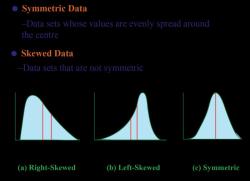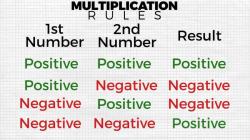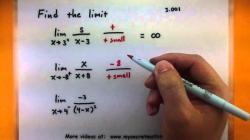What are the uses of prisms?
Prisms have a wide range of uses across various fields and industries due to their ability to refract, reflect, and disperse light. Here are some common and diverse uses of prisms:
Optical Instruments: Prisms are a fundamental component of many optical instruments, including binoculars, telescopes, and cameras. They help to focus, invert, or revert images.
Spectroscopy: Prisms are essential in spectroscopy, where they disperse light into its constituent colors or wavelengths. This is commonly seen in devices like spectrometers and diffraction gratings.
Rainbows: Natural rainbows are formed due to the dispersion of sunlight by water droplets, effectively acting as prisms in the atmosphere.
Surveying: Prisms with reflective coatings are used in surveying instruments to reflect and measure distances accurately.
Prism Binoculars: Some binoculars use prisms (e.g., Porro prisms or roof prisms) to invert and revert the image, allowing for a more compact and streamlined design.
Microscopes: In compound microscopes, prisms are employed to bend and direct light, enabling magnification and imaging of small objects.
Periscopes: Prisms are used in periscopes to reflect light and allow for viewing objects from concealed or submerged positions.
Surveying and Mapping: Surveying prisms are placed on objects or surfaces to reflect light beams, aiding in precise measurements and mapping.
Dispersion of Light: Prisms disperse white light into its constituent colors, revealing the spectrum of colors present. This property is used in artistic installations and educational demonstrations.
Optical Communication: Prisms play a role in optical communication systems by directing and manipulating optical signals within fiber optic networks.
Laser Technology: Prisms are used to steer and control laser beams, enabling applications in laser cutting, engraving, and medical lasers.
Binoculars and Cameras: Prisms are employed in binoculars and cameras to reverse the image, allowing for a more ergonomic design.
Entertainment: Prisms are used in stage lighting and special effects to create colorful and dynamic light patterns.
Decorative Applications: Decorative prisms are often used in chandeliers and other lighting fixtures to refract and scatter light, creating aesthetically pleasing patterns.
Education: Prisms are essential tools for teaching optics and the properties of light in educational settings.
Safety Gear: Reflective prisms are sometimes incorporated into safety gear and clothing for high-visibility applications, such as road construction and traffic control.
These are just some of the many uses of prisms in various fields. Prisms are versatile optical components with applications that extend from scientific research and industrial processes to everyday consumer products and artistic displays.













